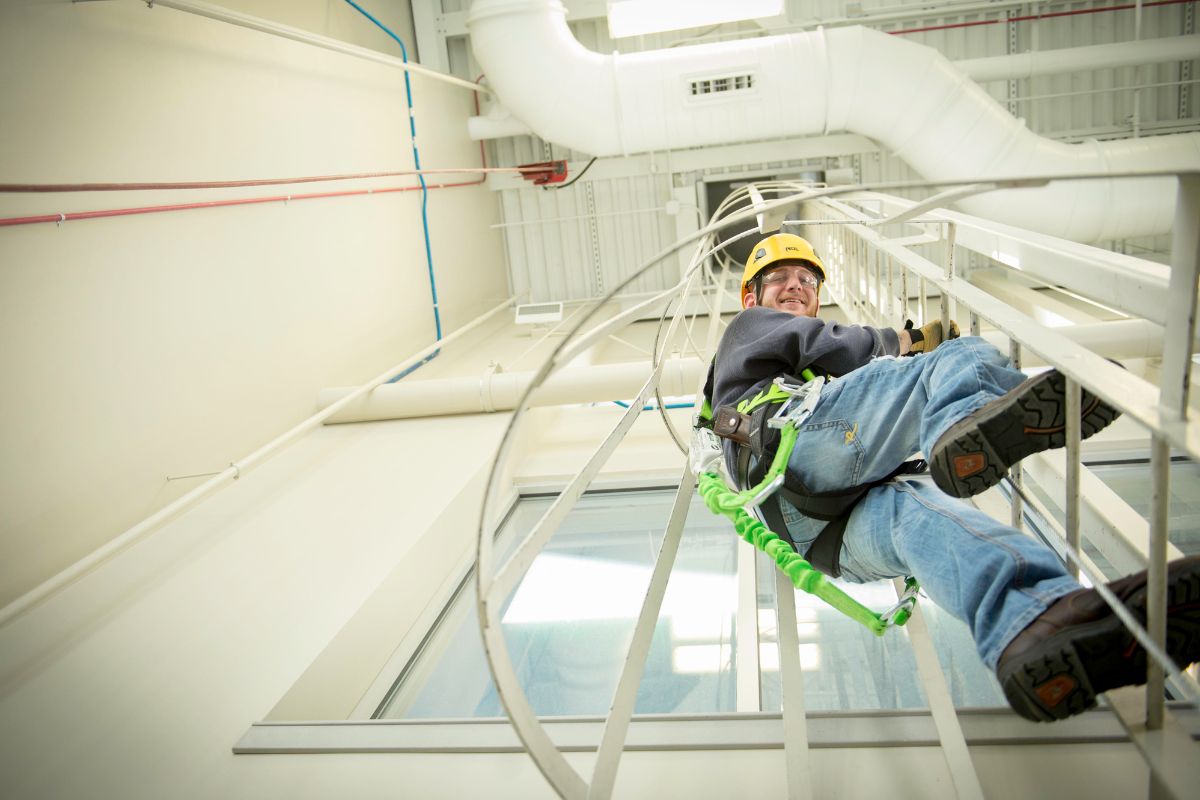Before freshly constructed wind turbines start to spin and generate renewable energy, there’s a crucial step in the process – commissioning. This is the test phase that marks the beginning of the turbine’s operational journey.
First, the original equipment manufacturer (OEM) tests all the mechanical and electrical pieces of the wind turbine. Each turbine must run continuously for a set amount of time, producing a specific amount of energy to earn the seal of approval. If anything goes wrong, the OEM team steps in, fixes it and restarts the cycle.
There are many moving parts to test during commissioning, such as blades, motors, wires and generators. The OEM tests physical connections as well as all software used to operate the turbines.
The software that monitors and controls our wind turbines is called the Supervisory Control and Data Acquisition (SCADA) system. Information technology experts test SCADA system components such as faults for temperature, voltage and pressure. These metrics are monitored by sensors on and around the turbines that act as gatekeepers to make sure everything meets operating standards.
Our team also tests noise from the turbines. We consider local ordinances and residents who live near the project when we test for noise pollution. Our goal is always to minimize disruption to nearby residents.
To minimize sound disruption, this includes installing sound-dampening technology called serrations in the trailing edges of the turbines. We monitor sound output at a set distance from the wind farm to test for noise pollution. The amount of sound recorded should be equal or less than the amount specified by local ordinances and the OEM’s advertised noise level rating.
Per Federal Aviation Administration regulations, each turbine has lights that we also test during commissioning. We track broken and burnt-out lights through SCADA. Newer technology ensures lights only shine when a plane is nearby to minimize light pollution from the turbines.
Substations, the physical location where energy goes onto the transmission grid, are the final piece of the commissioning phase. Energy generated at turbines travels underground to substations, and we need to test all the pieces that connect turbines to the substation and the station to the transmission grid.
While commissioning is the final step before the electricity produced by turbines flows to the grid, there's more to wind project development than commissioning. Learn about how we plan wind projects and build wind farms.

How do we test wind turbines?

Grant Barton
Communications Partner
Published on January 25, 2024
Grant Barton is a Communications Partner with a passion for sustainability and eco-friendly city planning. He has a diverse background in engineering, politics and international communications and hopes to apply this experience when writing and breaking down complex topics related to Alliant Energy's Clean Energy Future plans.
Recent Stories
Alliant Energy builds a stronger community with Habitat for Humanity
Our company contributes to Habitat for Humanity in many ways including recent building events with Wisconsin’s Habitat for Humanity of Dane County (HHDC) and Iowa’s Cedar Valley Habitat for Humanity (CVHH).
Read More
Industrial food grade building available in Fort Madison, Iowa
A location now available and potentially eligible for an incentive power rate is a site formerly used to manufacture metal cans for the food industry.
Read More
For Alliant Energy VIP Shannon Self, volunteering takes center stage
Shannon Self is constantly lending a helping hand in her community.
Read More
